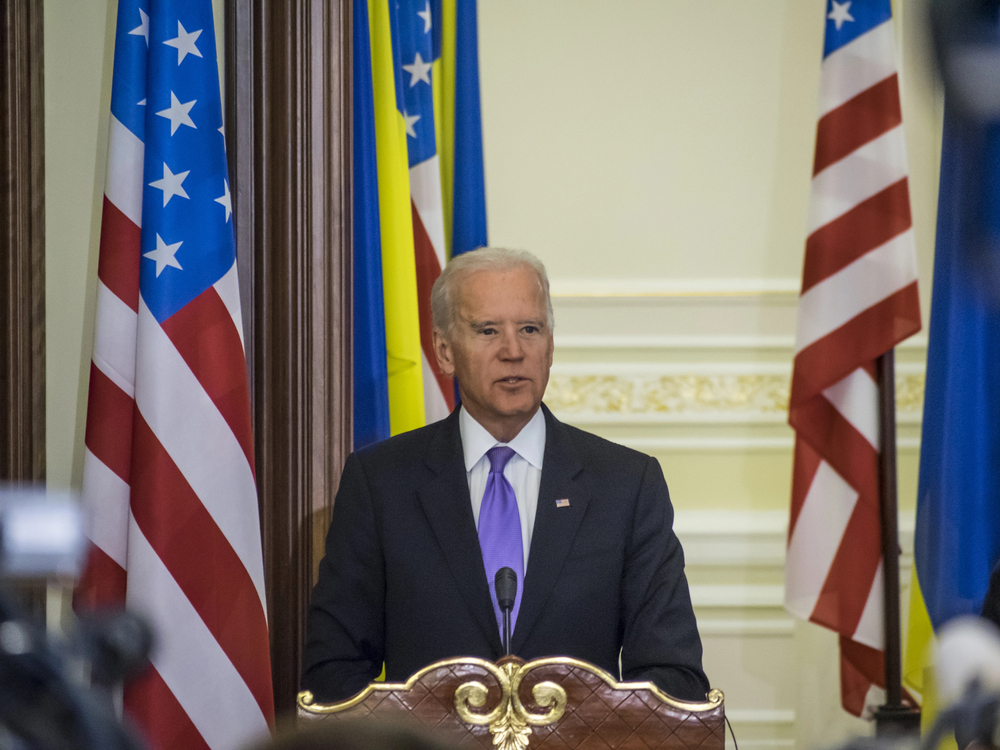Despite billions of dollars of military aid, equipment maintenance, training, intelligence, and planning from the United States and its partners in the political West, the war in Ukraine is going very badly.
The Commander-in-Chief of the Armed Forces of Ukraine, Oleksandr Syrskyi, says “the situation at the front has escalated.” He says that Russia has “concentrated major efforts in several sectors, creating a significant advantage in forces and means. They attack actively along the entire front line. In some sectors,” he admits, “they achieved tactical gains.”
The Russian Armed Forces are methodically pushing west as several small villages fall and several strategic ones are threatened. The Ukrainian Armed Forces have been compelled to fall back to a new defensive line three miles west of the captured town of Avdiivka, but that line, too, has now been overwhelmed by Russian forces. Russia is now threatening Chasiv Yar, a town located on a strategic high ground whose capture would put “the main supply point for Ukrainian forces along much of the eastern front” in Russia’s line of fire. There are reports that a number of top Army brigades of the Ukrainian Armed Forces are refusing orders and abandoning positions or refusing to fight.
Meanwhile, attempts to weaken Russia politically, economically, and militarily have failed. Their economy remains strong with the IMF saying that Russia’s GDP increased by 3% in 2023. Politically, Russia has turned from the West and forged closer ties with India, Eurasia, Africa, the Global South and, especially, China. And on April 11, General Cavoli, chief of the U.S. European Command and Supreme Allied Commander Europe, told the U.S. Senate that “Russia is on track to command the largest military on the continent and a defense industrial complex capable of generating substantial amounts of ammunition and materiel in support of large scale combat operations. Regardless of the outcome of the war in Ukraine, Russia will be larger, more lethal, and angrier with the West than when it invaded.” Despite efforts to weaken the Russian Armed Forces, Cavoli told the Senate that Russia’s “army is actually now larger—by 15 percent—than it was when it invaded Ukraine.”
The United States and its partners in the political West are arriving at a point at which they must either admit defeat and push for negotiations with Russia or escalate and do something different. Instead, on April 24, the United States did more of the same when President Joe Biden signed into law another $61 billion in aid for Ukraine. Though the new flood of weapons may help slow the Russian advance and prolong Ukraine’s pain, it is unlikely to change the inevitable long-term outcome of the war.
French President Emmanuel Macron has suggested putting Western “troops on the ground” in Ukraine “to counter the Russian forces.” But Washington responded by saying that Biden “has been clear that the U.S. will not send troops to fight in Ukraine.” But despite Biden’s long insistence that American troops “are not and will not be engaged in a conflict with Russia in Ukraine,” it has since been revealed that there are American personnel on the ground in Ukraine.
In a transcript of an intercepted February 19 conversation between senior German air force officials, one official says, “It’s known that there are numerous people there in civilian attire who speak with an American accent.” A recent New York Times report based on interviews with more than two hundred current and former officials revealed that there were “scores” of CIA officers in Ukraine. According to the report, those American boots on the ground “help the Ukrainians” by providing “intelligence for targeted missile strikes” and “intelligence support for lethal operations against Russian forces on Ukrainian soil.”
And there are not just intelligence officers in Ukraine. There are American soldiers on the ground too. According to Defense Department documents leaked in March 2023, there were, at that time, at least 97 NATO special forces in Ukraine, including 14 Americans. At the time, National Security Council spokesperson John Kirby refused to confirm the number but confirmed “a small U.S. military presence” there.
And now, as the battlefield situation continues to dangerously deteriorate in Ukraine, the United States is considering sending more military personnel to Ukraine. Pentagon spokesperson General Pat Ryder explained, “Throughout this conflict, the DOD has reviewed and adjusted our presence in-country, as security conditions have evolved. Currently, we are considering sending several additional advisers to augment the Office of Defense Cooperation (ODC) at the Embassy.” Two U.S. officials have said that the number of additional advisers would be up to sixty.
There has been a lot of speculation about what their role in Ukraine will be. Ryder said that they would perform “a variety of advisory and support missions” but that they would be “non-combat.”
But the “non-combat” claim is becoming increasingly blurred, and what may matter is less whether the Pentagon perceives the role as non-combat than whether Russia does. The United States has just promised billions of dollars of new weapons. According to U.S. officials familiar with the plan, the new American troops would be in Ukraine to “support logistics and oversight efforts for the weapons the U.S. is sending Ukraine” and to “help the Ukrainian military with weapons maintenance.”
That is a risky role to play. “One of the tasks the advisers will tackle,” Politico reports, “is helping the Ukrainians plan sustainment of complex equipment donated by the U.S.”
In March 2023, the Biden administration secretly sent “a number of Army Tactical Missile Systems with a range of nearly 200 miles” to Ukraine. National security adviser Jake Sullivan called it a “significant number.” The Ukrainian Armed Forces have already used the long-range missiles twice: once against a military base in Crimea and once against Russian forces near the Sea of Azov. More long-range ATACMS will be included in a new $1 billion military aid package announced after Congress approved the $61 billion in aid, and the aid bill approved by the House of Representatives calls on the White House to send more ATACMS to Ukraine “as soon as practicable.”
That intercepted transcript of February 19 between senior German air force officials suggests that long-range missiles can only be operated in Ukraine with highly trained Western personnel on site. Discussing how German Taurus long-range missiles could be operated in Ukraine, one official says that the Germans “know how the English do it…They have several people on-site.” On February 26, defending his decision not to send Germany’s long-range Taurus missiles to Ukraine, German Chancellor Olaf Scholz said that sending them would require the presence of Germans in Ukraine to match their British and French counterparts. He explained, “What is being done in the way of target control and accompanying target control on the part of the British and the French can’t be done in Germany.”
If the up to sixty additional personnel the United States is considering sending to Ukraine to “support logistics and oversight” as well as “maintenance” of “complex equipment donated by the U.S.” are being sent to assist with long-range missiles that can target Crimea, then this decision is fraught with risk. Russia has shown restraint with the incrementally growing Western involvement in the war, but if they perceive direct involvement with the logistics and oversight of long-range missiles to be active involvement in firing on what they perceive to be Russian territory, that could conceivably cross the escalatory red line.
As the West decides what to do in the face of a deteriorating Ukrainian battlefield, increasingly dangerous decisions will have to be made, including whether they should send long-range missiles and, more provocatively, the personnel to help operate them.
















